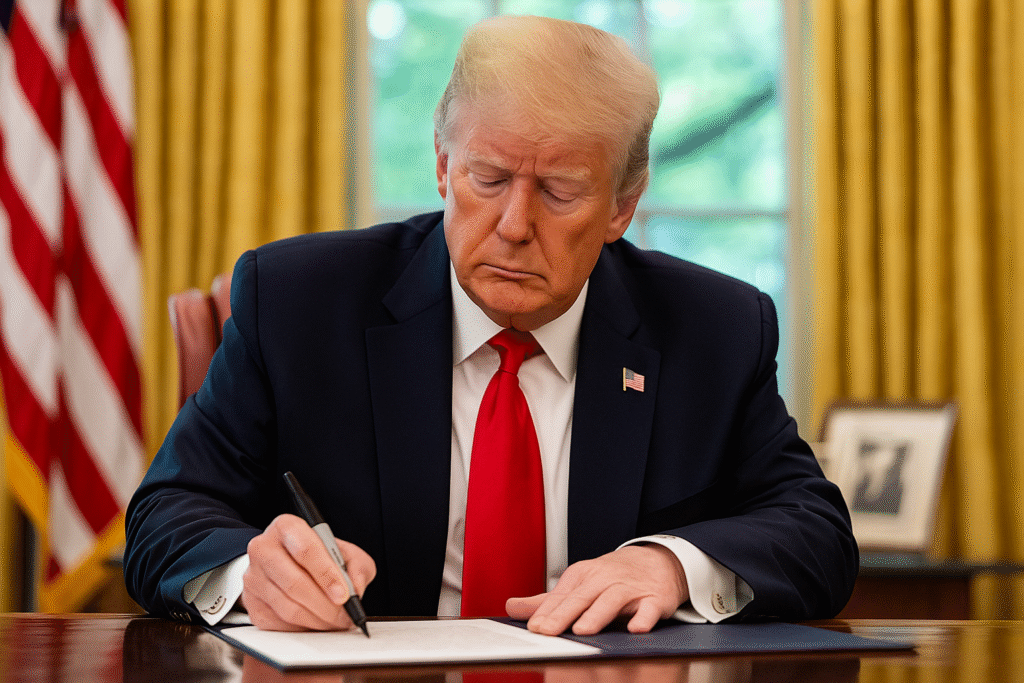Trump enacts a new travel ban on 12 countries, citing national security. Partial restrictions apply to 7 more nations.
In a decisive move reigniting immigration debate across the U.S., President Donald Trump has signed a proclamation reinstating a travel ban on 12 countries. The new directive, announced on June 4, blocks most forms of entry into the United States for citizens from nations including Afghanistan, Iran, Libya, Somalia, Sudan, Yemen, and others.
The administration has cited national security concerns as the primary reason, arguing that these countries either fail to meet proper security vetting standards or do not cooperate fully with U.S. immigration enforcement. In addition to the full ban, seven other nations—including Cuba, Venezuela, and Turkmenistan—are subject to limited restrictions, mostly targeting certain visa categories.
The updated ban will go into effect on June 9. Officials claim it is a necessary step to protect American lives and prevent the entry of individuals from high-risk regions. President Trump pointed to recent violent incidents, claiming that better immigration controls could have prevented them. However, critics argue that such statements oversimplify complex issues and fuel unnecessary fear.
This move marks one of the most sweeping travel restrictions imposed in recent years, echoing Trump’s first-term travel ban, which targeted several Muslim-majority nations. Immigration and civil rights groups have already vowed to challenge the legality of the proclamation, calling it discriminatory and politically motivated.
Communities from the affected countries in the U.S. have expressed concern, especially those with pending visas or family reunification cases. Universities and businesses relying on global talent also fear disruption in international collaboration and recruitment.
As the new travel ban takes shape, its political, humanitarian, and economic consequences are expected to dominate headlines in the coming weeks.











